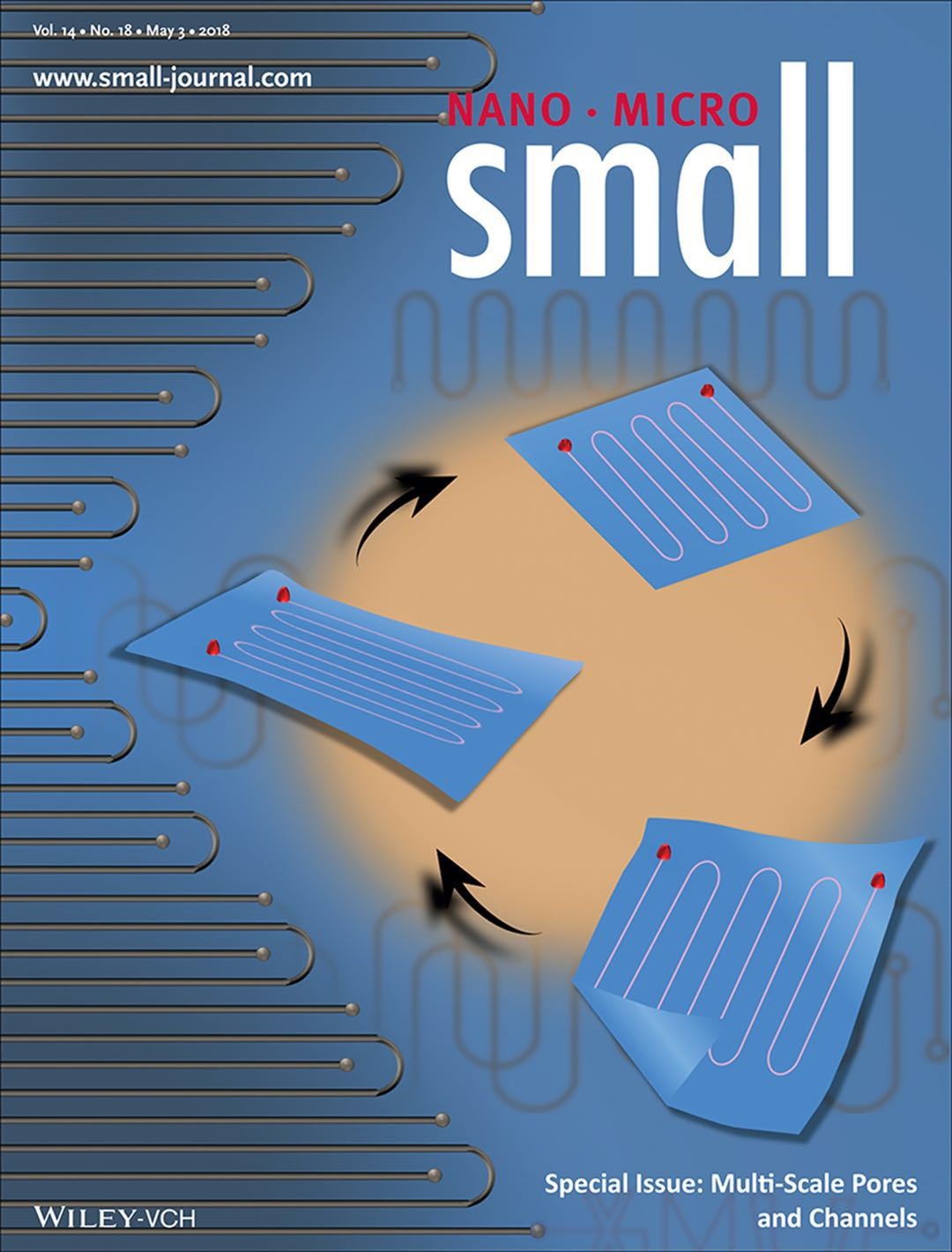Title: Advances in Multi-Scale Pores and Channels Systems
Authors: Xu Hou, Zuzanna S. Siwy, Mathias Ulbricht
Abstract:
“Pores” and “Channels” are everywhere, e.g, from small biological ion channels to large oil pipelines. Pores and channels can be distinguished by the relationship between their diameterand their depth. If the diameter is greater than the depth, the system is treated as pore, otherwise, channel. However, for established porous materials, including membranes, no such strict definition is used. Both, “Pores” and “Channels” have a wide range of significant applications in different scales. For example, pipelines which are commonly used in the chemical industry, food industry, agriculture, and petroleum transportation, can be regarded as macro-scale channels. Good examples of micro-scale channels can be found in microfluidics, which has a rapidly increasing impact in the areas of chemical synthesis, biomolecule and cell analysis, micro- and nanofabrication, and information technology, etc. With regard to the nano-scale, the nanochannels which led to the birth of a whole new area of research, can be used for nanofluidics, gas separation and storage, batteries, water purification, energy harvest and DNA sorting. In the past, such multi-scale pores and channels systems have been intensively explored and contributed to new developments in materials science, membrane science and technology, or in micro/nanotechnology for analytical, biomedical or information processing applications.Stimulated by the achievements and the even larger potential of multi-scale pores and channels systems, increasing research activities are devoted to important aspects such as energy saving, anti-fouling, anti-corrosion, and anti-blocking functionalities, switchability and controllability, integration of various different functionalities, and good stability in such confined space. In this special issue, we aim to highlight the state of the art in the field and provide an overview of recent research in the area, including nanopores and nanochannels, nanofluidics, micropores and microchannels, microfluidics, and smart porous membranes, which all hold great promise in material science, engineering and life science.


Full-Link: https://onlinelibrary.wiley.com/doi/abs/10.1002/smll.201800908